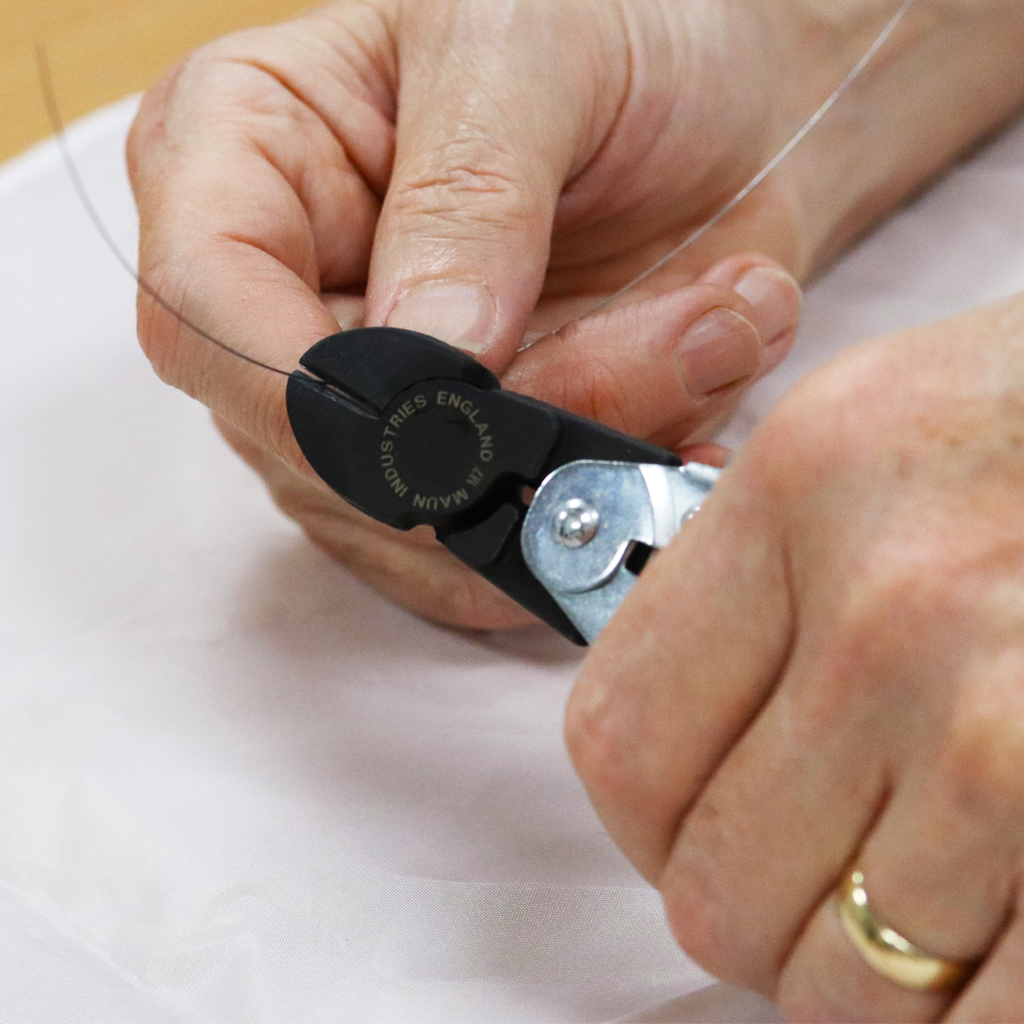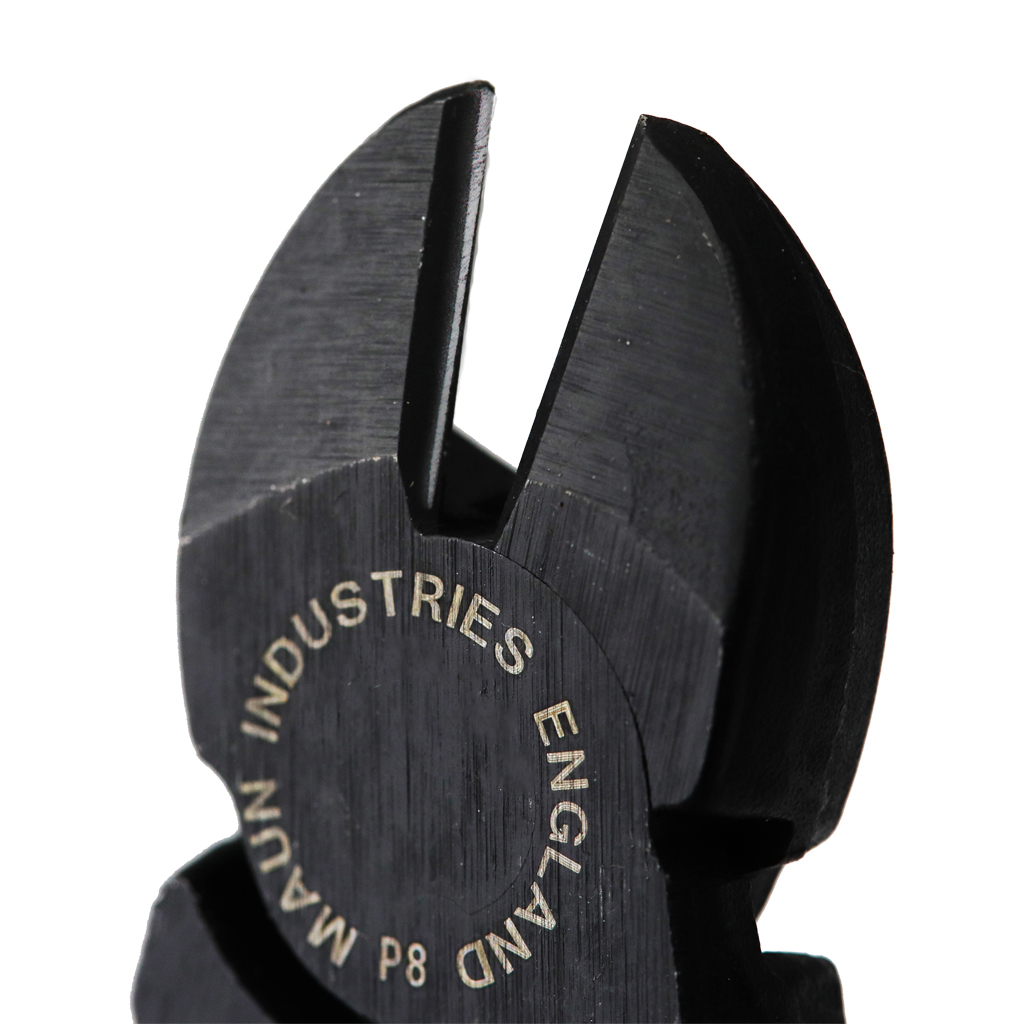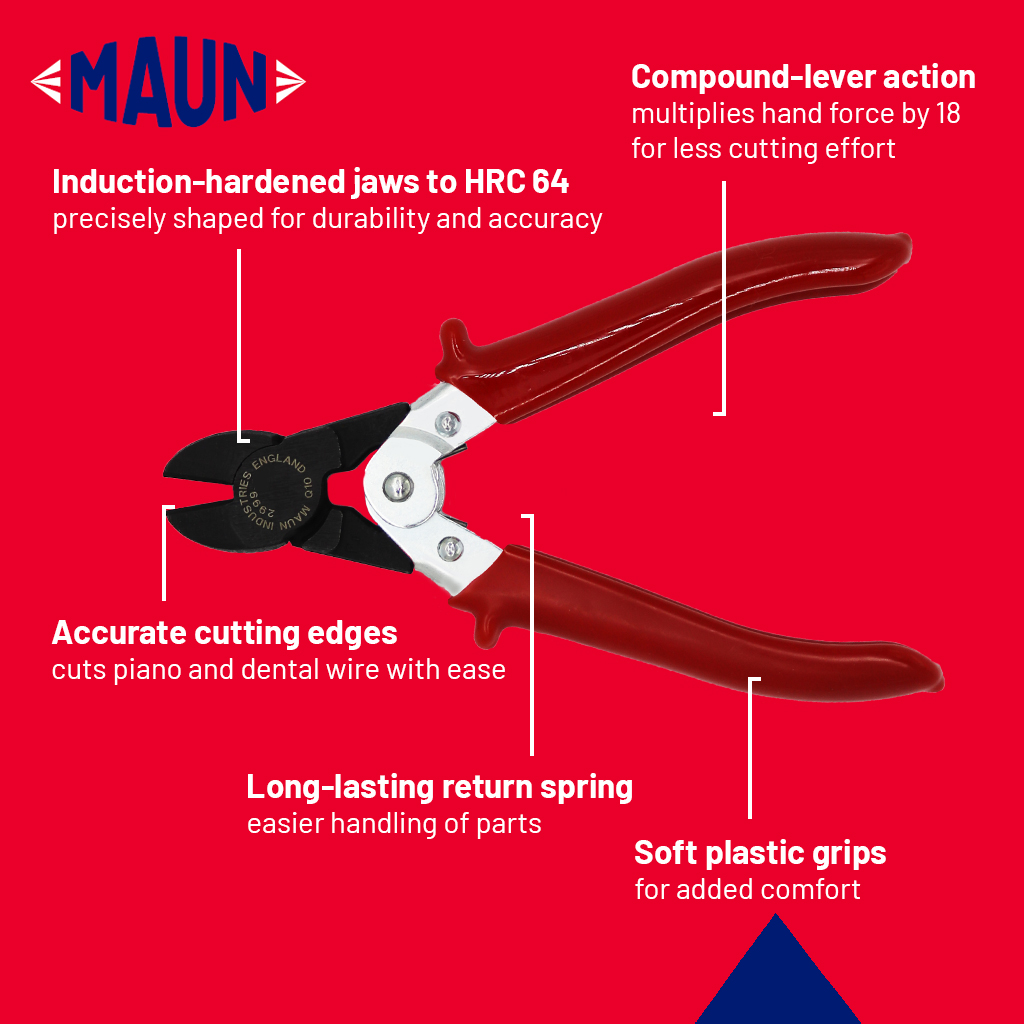Types of diagonal cutting pliers
25th Mar 2024
Diagonal cutting pliers are exceptional at cutting through wire.
But what are the sub-types, and how do you choose which one to use?
Find out in this post.
How do diagonal cutters work?
Diagonal cutting pliers work by indenting and wedging cables apart, with the cutting edges meeting each other (as opposed to the shearing action of scissor-type cutters where the blades pass).
This design doesn’t require such a thin cutting edge and can apply more direct force, allowing you to cut through harder materials with the same effort.
It makes the tool far more effective at cutting through difficult materials like hard wire, as well as multi-strand cables that normal cutting tools can’t cut through cleanly.
Types
The range of diagonal cutters available starts with the strongest and most durable cutters, and ends with the most accurate but weakest cutters.
Diagonal Cutting Pliers
Standard diagonal cutting pliers offer the maximum cutting force out of all the types.
This makes them ideal for cutting through hard metal wire (such as piano wire), or for when you’re making repeated cuts where any extra effort would tire out your hand.
Maun diagonal cutting pliers use a compound-lever action to apply even more force through the cutting jaws, reducing the cutting effort even further. They multiply your hand force by up to 22x, and use induction-hardened jaws to HRC64 to ensure exceptional durability over a lifetime of use.
Semi-Flush Diagonal Cutters
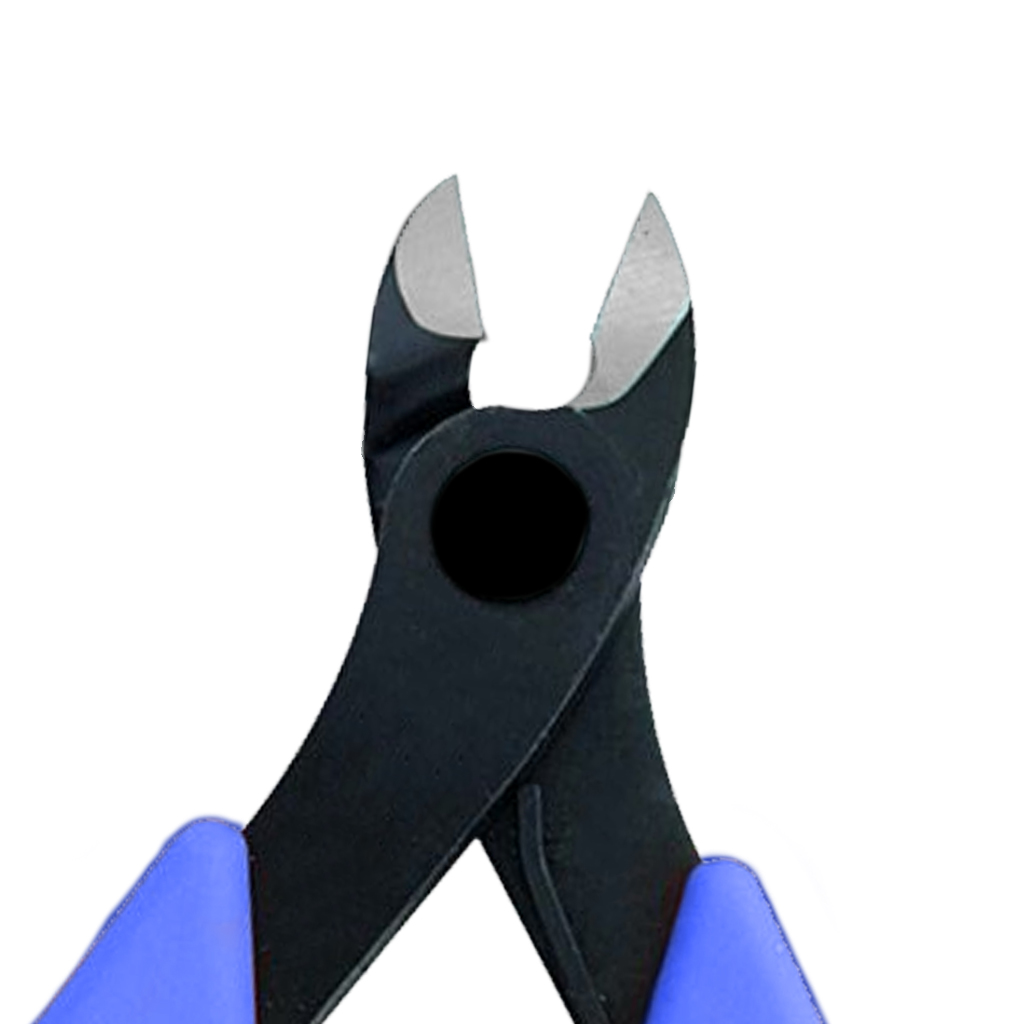
Semi-flush cutters are similar to diagonal cutting pliers, but have part of the cutting surface worn down to allow it to cut closer to an object.
These cutters provide a balance between the strength of cutting force and providing a neater finish.
This is appropriate for electrical work where a clean cut is needed but where protrusion won’t interfere with other components, such as preparing wires for terminal connections.
Flush Cutters
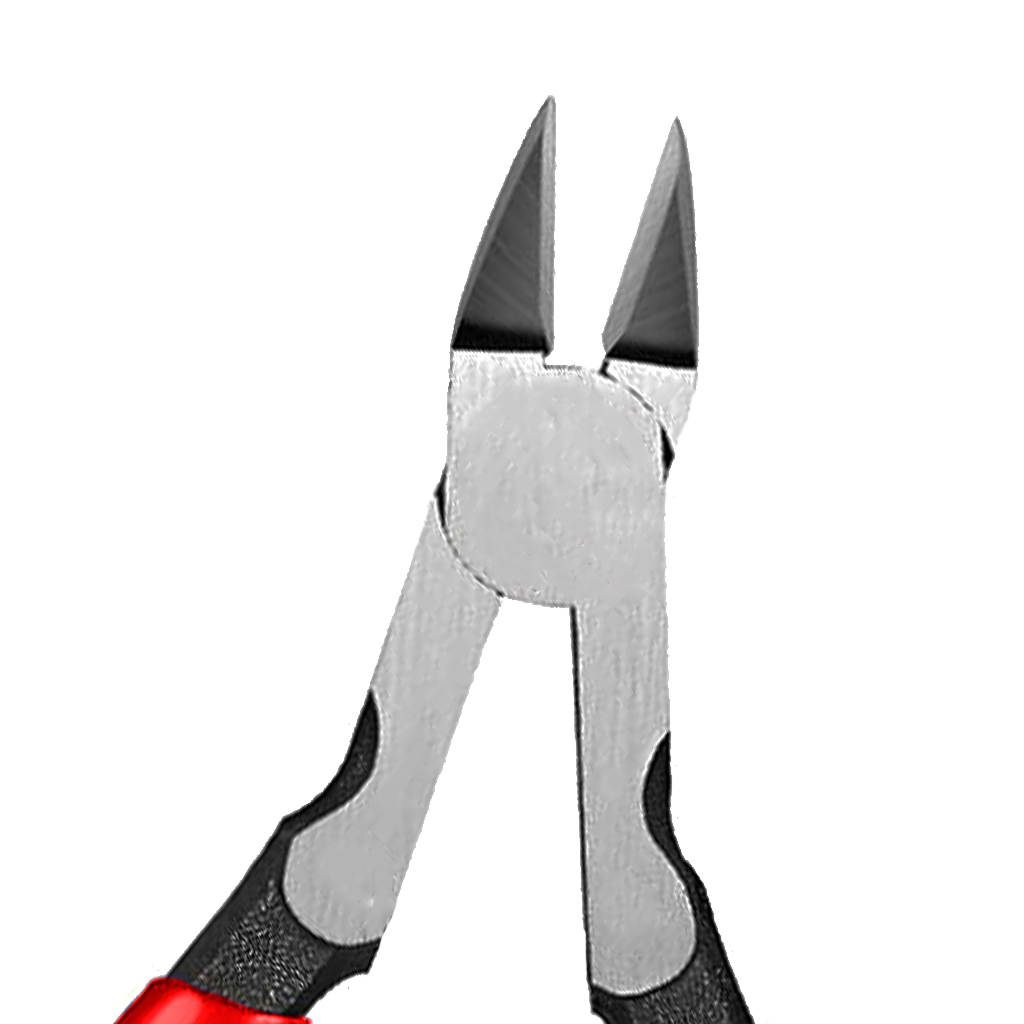
Flush cutters are similar to semi-flush cutters, but have a much flatter cutting surface.
This is designed to create a very close (flush) cut of wire against another object. However this does sacrifice cutting force and durability, and so they’re mainly suitable for softer materials like copper and aluminium.
This is ideal for precision electronics or jewellery crafts.
Conclusion
Now you know how diagonal cutting pliers work, and how they compare to semi-flush and flush cutters.
If you have any feedback or improvements you’d recommend for this post, we’d love to hear from you.
This post was brought to you by Maun, experts in tools since 1944.
Scroll back up to re-read any key points, browse our related pages below, or contact us with any questions:


